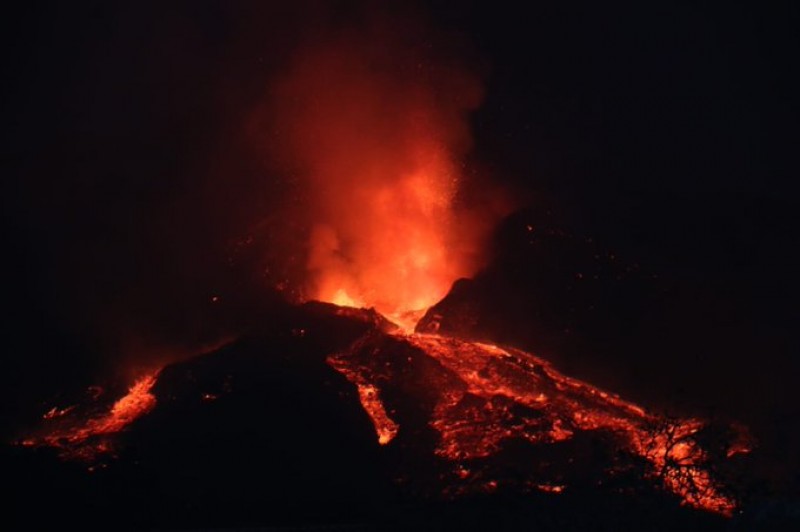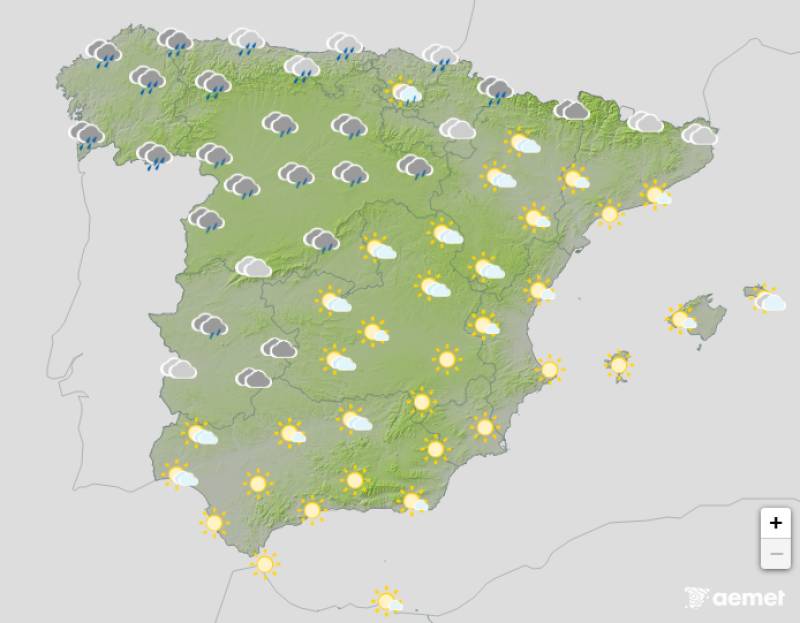

- EDITIONS:
 Spanish News Today
Spanish News Today
 Murcia Today
Murcia Today
 Alicante Today
Alicante Today
Date Published: 05/10/2021
ARCHIVED - Scientists and residents evacuated from La Palma as air quality deteriorates
Experts expect the ash cloud to begin moving towards the south and west of the island

Residents of the Canary Island of La Palma face ongoing disruption following reports from the State Meteorological Agency (AEMET) that the air quality caused by ash clouds continuously spewing from the active volcano is expected to worsen on Tuesday October 5. Spokesperson Rubén del Campo has warned that as the week goes on, volcanic material will move toward the south and west of the island, with rising trade winds causing more severe problems in the areas closest to the eruption site.
As a direct result of the sharp decrease in air quality in recent hours, the Department of National Security has decided to evacuate scientific and emergency personnel in the danger zone, along with several residents who had returned to their homes to retrieve belongings following the eruption. The ash is currently affecting the southern slope of La Palma and while the remainder of the island is relatively free from the ash cloud, the Geological and Mining Institute of Spain had to abandon the reconnaissance work they were conducting in the Laguna mountain due to a warning of dangerous levels of gas.
Following the collapse of one of the volcano cones yesterday, the Canarian president Angel Victor Torres announced that the government was prepared to implement additional preventative confinements and evacuations if necessary, and he cautioned that if the current lava flow continues, more damage will be done.
On Sunday, 16,000 tons of sulfur dioxide (SO2) were emitted, according to the Volcanological Institute of the Canary Islands (Involcan), an amount which is considered “very high” and whose impact could be exacerbated by the direction and strength of the wind. The main reason for monitoring sulfur levels, however, is that the amount of gas emitted is closely linked to the rate of magma being produced, meaning that if SO2 levels drop, it is almost certain that the eruption phase of the volcano is nearing its end. However, Involcan have cautioned that, as of Monday, the situation doesn’t show any signs of significant change.
Nos despedimos por hoy con estas imágenes de la #ErupcionenLaPalma de esta tarde / We say goodbye for today with these images of the #LaPalmaeruption this afternoon #LaPalma pic.twitter.com/JaK4PmUvru
— INVOLCAN (@involcan) October 3, 2021
Image: Involcan
Contact Murcia Today: Editorial 000 000 000 /
Office 000 000 000
























